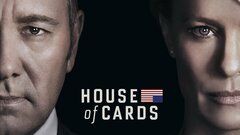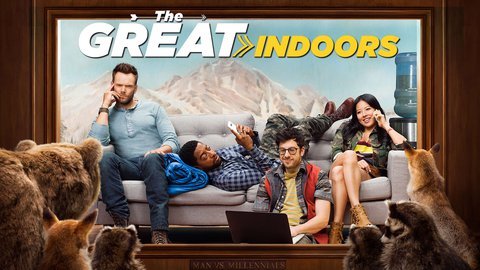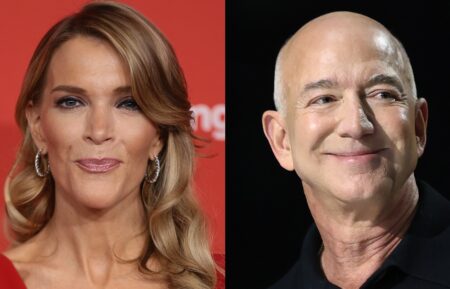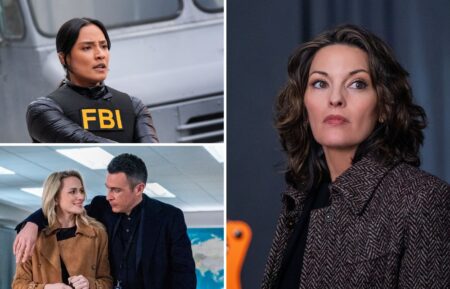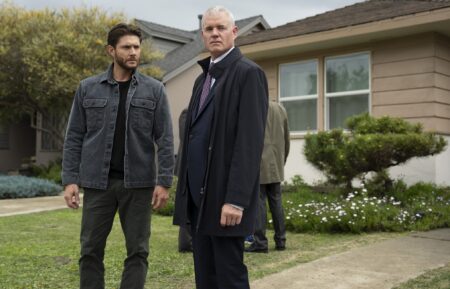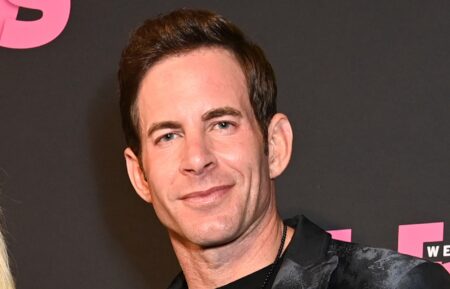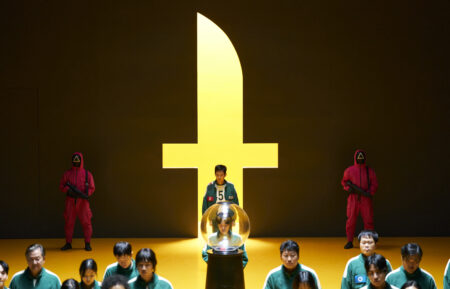TV’s Representation of Journalism in the Post-Fact Era
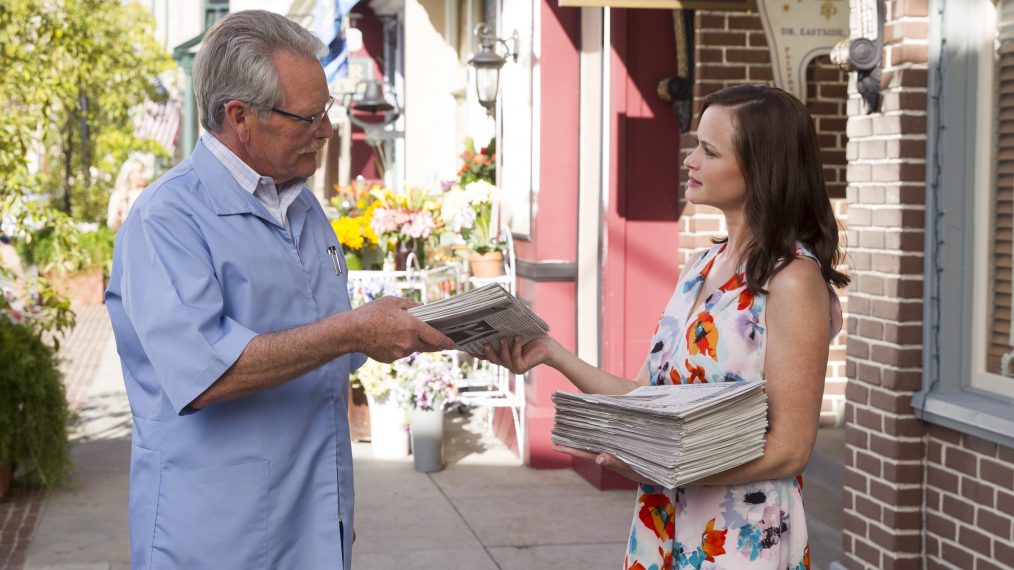
Binging Culture will regularly explore modern scripted television’s successes and failures in the representation of topics from the social to the political to the professional.
Evan Lewis is a straight, white, cisgender male millennial, and as such probably shouldn’t be allowed to comment on anything. But he does watch TV sometimes.
Sexy sleuths seducing sources makes for objectively more compelling viewing than tired reporters pushing pencils. Viewers don’t want to watch journalists sift through press releases and spend years developing rosters of professional contacts related to their beats. Viewers want to watch journalists recklessly burn those sources for that one life-or-death scoop, all while delivering a Sorkin-approved speech about the Fourth Estate or whatever. (Shocking confession: I’ve never been able to bring myself to watch more than about an episode and a half of The Newsroom.) Almost always, worse journalism makes for better television.
No profession escapes the TV sensationalism machine without a little embellishment—just ask a cop, or better yet, a CSI—but journalism’s portrayal is certainly a contributing factor to the world’s increasing state of factual dissonance. Part of the reason so many readers are willing to lump legitimate reporting in with their ire for looney fake news is because the non-news media usually paints journalists as something other than what they actually are: professionals doing a job. Too often, fictional journalists on TV fall into either the “incompetent” or the “unethical” camp, with plenty of room for a little overlap. Recently, Rory Gilmore deftly managed to secure spots in both camps with her antics in Netflix’s Gilmore Girls: A Year in the Life.
RELATED: Check out recent columns on Technology and Transgender Representation
The ranks of the incompetents are bolstered by relatively harmless comic relief characters. They have their self-absorbed Tom Tuckers (Family Guy) and circuitously confused Perd Hapleys (Parks and Recreation). These characters work because there is legitimately nothing funnier than bloopers of broadcast journalists saying bizarre things on live TV. Seriously, check YouTube or something. I’ll wait. There are, however, a couple of troubling subgroups relegated to TV’s incompetent camp, namely “young journalists” and “women.”
If there’s one thing that CBS’s comedy programming wants to make clear to its viewers, it’s that millennials are too busy with their darn cell phones to do important work. The entire premise of The Great Indoors is that coddled millennials are completely incapable of working in a way a seasoned magazine journalist like Joel McHale’s Jack could recognize.
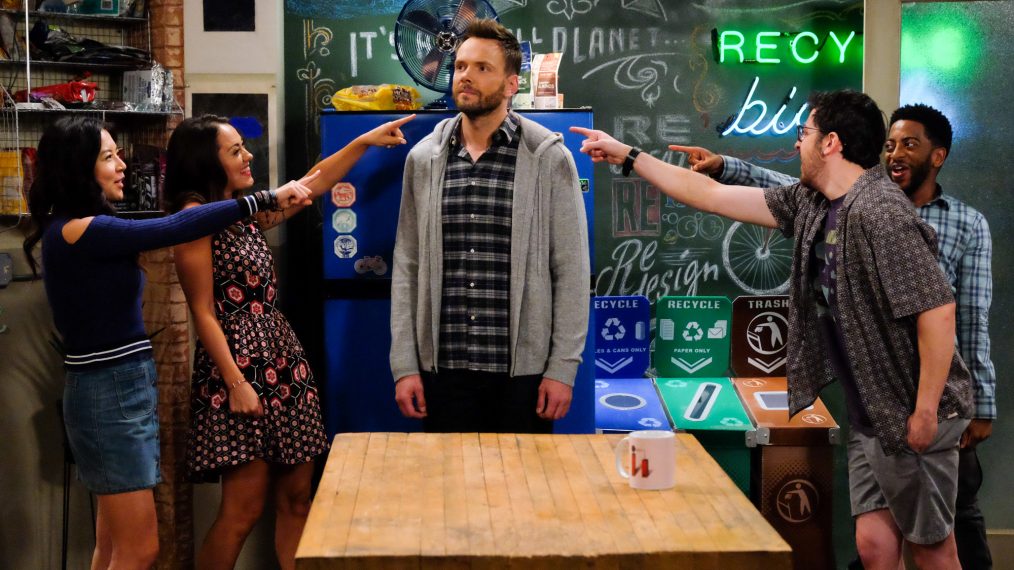
Young people, am I right?
Network TV seems a little bit mad at millennials in general for some reason, and digital journalism is apparently just a bridge too far. This seeming disdain for young talent isn’t localized to just network TV though. Shows like TBS’s The Detour highlight the incompetence of some online rebloggers, and even streaming services like Netflix can’t seem to resist making younger generations incapable.
On the “women” side of things, characters based on real people like the ones on Amazon’s Good Girls Revolt can be skilled professionals, as Vox noted in their breakdown of the state of onscreen female journalists, but networks can’t seem to get their fictional women together.
Rory Gilmore is an unfortunate representation of both the “young” and “women” groups in A Year in the Life. The Gilmore Girls revival shows Rory struggling to find her footing in the world of journalism, but it’s not the result of a difficult job market or even sexism in the corporate media structure. It’s because she’s bad at being a journalist. The Atlantic, which on the show bumps one of Rory’s stories, jumped on the opportunity to point out this distinction.
“Maybe The Atlantic has simply realized what Rory herself has not,” Atlantic staff writer Megan Garber wrote. “Maybe our fictional editors simply discovered that Rory Gilmore, her gleaming résumé notwithstanding … is not a very good journalist. That she might even be, actually, an actively bad journalist.”
Garber then proceeded to list the ways in which Rory failed to live up to viewers of the original series’ expectations of her journalistic integrity. She ducks her editor, treats interviewees as disrespectfully as possible, and perhaps most flagrantly, sleeps with a Wookiee, earning herself that coveted crossover slot in the unethical camp.
RELATED: Matt Roush Weighs in on Rory Gilmore
This camp of fictional TV journalists is also, unfortunately, disproportionately populated with young women. Take, for example, House of Cards’s Zoe Barnes. By some measures, she’s an outstanding journalist. She’s smart and doggedly determined to uncover the truth, no matter the personal cost. But her personal—and physical—entanglements with her source lead not only to egregious conflict of interest, but also to her eventual demise. Fellow Cards reporter Lucas Goodwin then follows suit, allowing his personal quest for vengeance to change him from motivated journalist to attempted assassin.
Barnes and Goodwin have a principled lack of ethics, which is a dangerous thing to normalize in media, but there are also plenty of characters who take it one step further into malicious territory. Characters like Hannibal’s Freddie Lounds represent the worst of the journalistic stereotypes; those heartlessly ambitious tabloid peddlers, willing to post dangerous information about things like active murder investigations for clicks.
More positive examples like Daredevil’s Ben Urich, a seasoned investigative reporter struggling against an apathetic editorial structure while maintaining his professionalism and ethical standards, are rare exceptions to the two-camp rule.
There are bad journalists in the world. This is a fact. Lionizing all journalists as arbiters of truth can be extremely dangerous, leading to figures like Barnes and Goodwin, who are supposedly too good to fit into the media machine, and believe they need to break even the most basic of ethical standards to enlighten the world. But when the perception of the quality of journalists extends to the perception of the quality of fact, there is a serious issue.
Overdramatization of journalists to either extreme contributes to a fundamental misunderstanding of who journalists are and what type of work they do. The process of journalism isn’t generally interesting to watch unless something is going wrong, but to promote understanding of the profession and help people tell the real news from the fake, the world needs more pop culture representations of journalists as impartial relayers of fact instead of fevered uncoverers of conspiracy.
From TV Guide Magazine
How 'Countdown' Recruited Jensen Ackles to Go Full 'Die Hard'
Countdown boss Derek Haas talks creating the character around Ackles, and the cast teases the “Avengers”-like team of the crime thriller. Read the story now on TV Insider.




